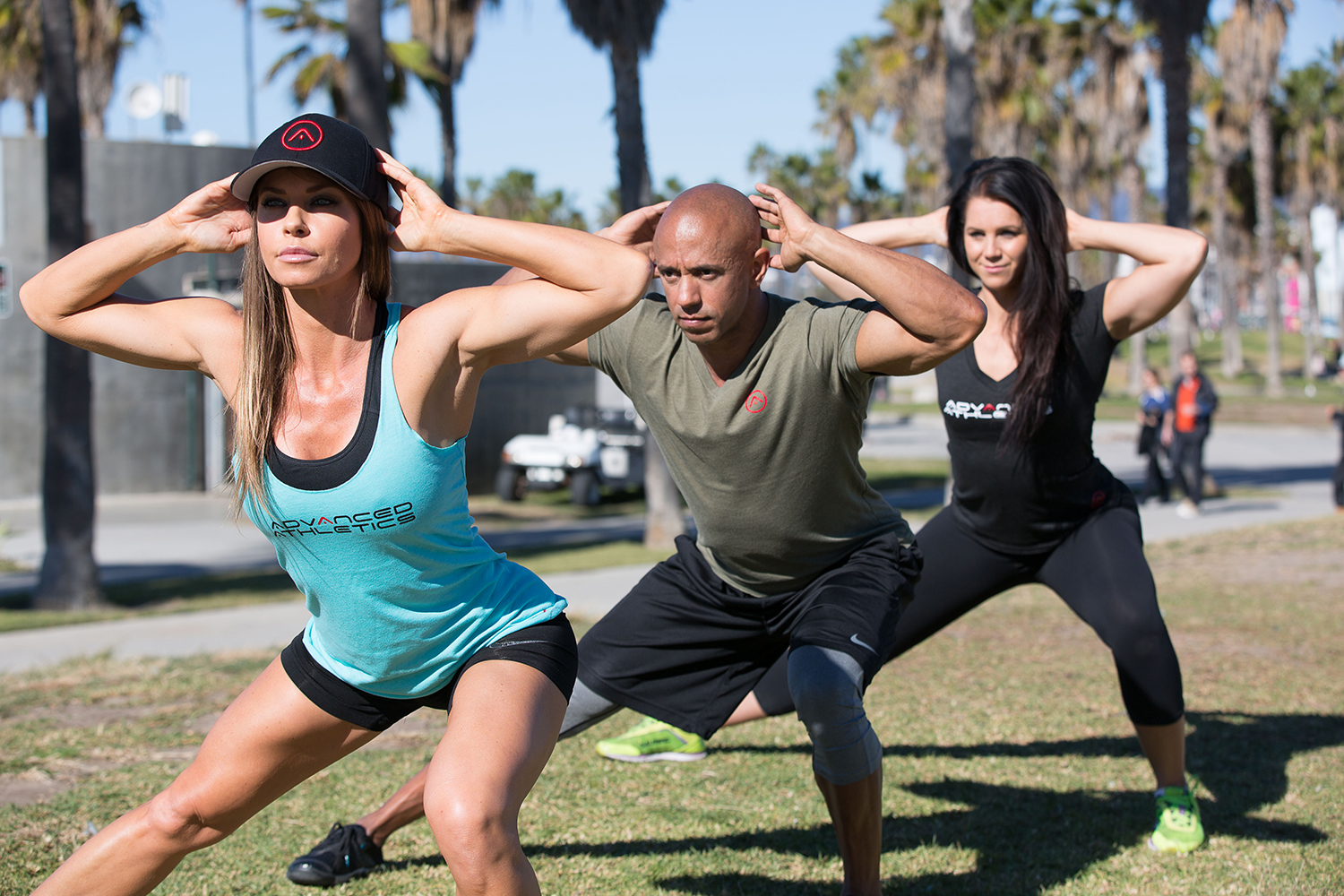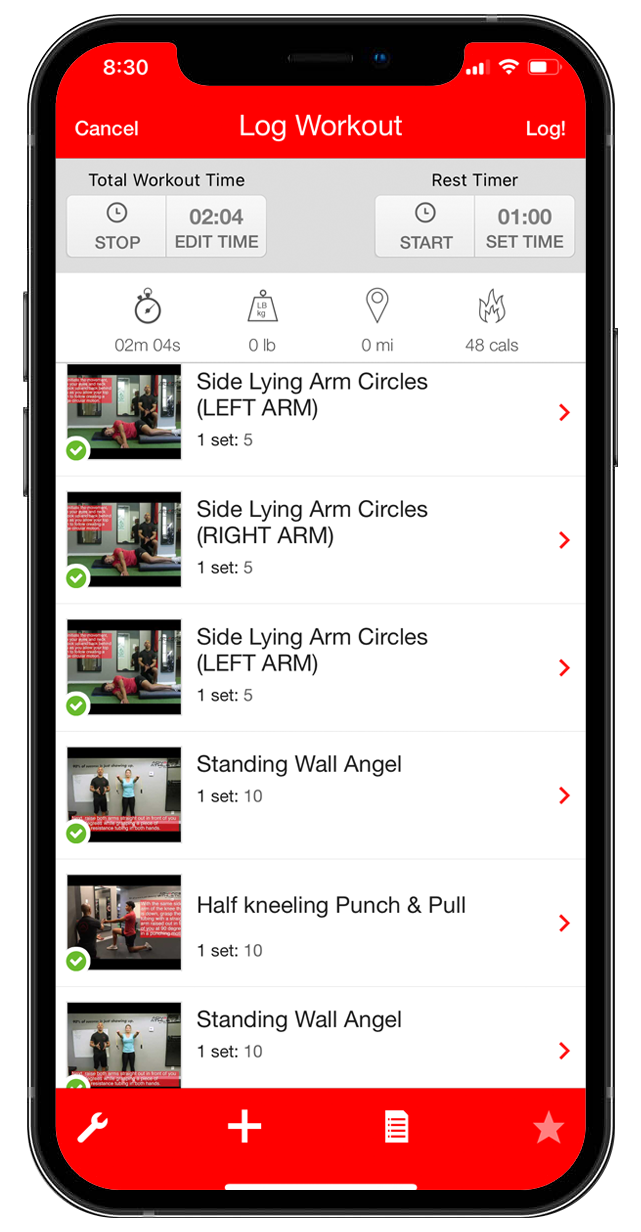Methods and Techniques That Support in Establishing Efficient and Pain Free Functional Movement
Corrective Exercise is comprised of methods and techniques that support in establishing efficient, and pain free functional movement. The focus is on locating dysfunctions in the musculoskeletal system that most often are the core of one or a multitude of symptomatic joint and/or muscular immobility, restrictions, pain, and/or discomfort. The role of proper assessment cannot be overemphasized, and is Advanced Athletics’ key to success.
Advanced Athletics’ Corrective Exercise is a highly recommended, but not mandatory, as an adjunct to achieve the best results in a strength & conditioning program. The therapeutic and recuperative properties are immense, and may reduce the likelihood of musculoskeletal trauma associated with injury, and/or intense training.
Some manual pressure may be applied on the areas of muscle spasm. The pressure is usually applied with the fingers, knuckles, or elbow. Once applied to a muscle spasm, the pressure isn’t varied for ten to thirty seconds. Muscles that are in spasm will be painful to the touch. The pain is caused by ischemic muscle tissue. Ischemia means the muscle is lacking proper blood flow, usually due to the muscle spasm. This in turn creates the following undesirable process:-Because the muscle is not receiving enough blood, the muscle is also not receiving enough oxygen
The lack of oxygen causes the muscle to produce lactic acid
Muscle Energy Technique (MET)
Are soft tissue manipulative methods in which the subject, on request, actively uses his/her muscles from a controlled position, in a specific direction, with a mild effort against a precise counterforce. The practitioner can match the subject’s effort (an isometric contraction); instruct the patient to overcome his/her force, thus allowing movement (an isotonic contraction); or the practitioner can choose to overcome the subject’s effort (an isolytic contraction).
Joint Mobilization With Movement (JMWM)
Physiotherapist Brian Mulligan of New Zealand inspired this technique. He theorized that many joint that appear to be restricted in movement or painful with movements are actually the result of minor positional or tracking faults. Mulligan found that many times by combining the restricted movement with its associated joint glide he could cause an immediate improvement in both range of motion and pain.
It refers to the manual technique for stretching the fascia and releasing bonds between fascia and integument (skin), muscles, and bones, with the goal of eliminating pain, increasing range of motion and balancing the body. The fascia is manipulated directly or indirectly, allowing the connective tissue fibers to reorganized themselves into a more flexible, functional fashion.
Circulation Training (C.T.)
C.T. is a manually-applied method of opening the blood flow to deep spasms that create fatigue, tension, stiffness, pain, and often injury. The manual application to the muscles flushes out metabolic waste, which is made up of by-products produced by the body from exercise and normal bodily functions, causing stagnation of adequate blood flow to the nerve centers and muscle tissue. Once blood flow is restored to the area, previously blocked vital nutrients carried in the blood such as oxygen, vitamins and minerals, glycogen (blood sugar), and amino acids can create an optimal healing environment work effectively to repair unhealthy or damaged tissue. The result of C.T. is a homeostasis between the body’s nervous system and soft-tissue. This will enhance the body’s ability to function at an optimal level for performance. When C.T. is applied in the last ten to fifteen minutes of a training session or even between exercise sets, it will increase the body’s ability to recover from intense training and therefore increase the rate at which results are achieved. A full body session of C.T. can have dramatic positive effects on the nervous and musculoskeletal systems.








